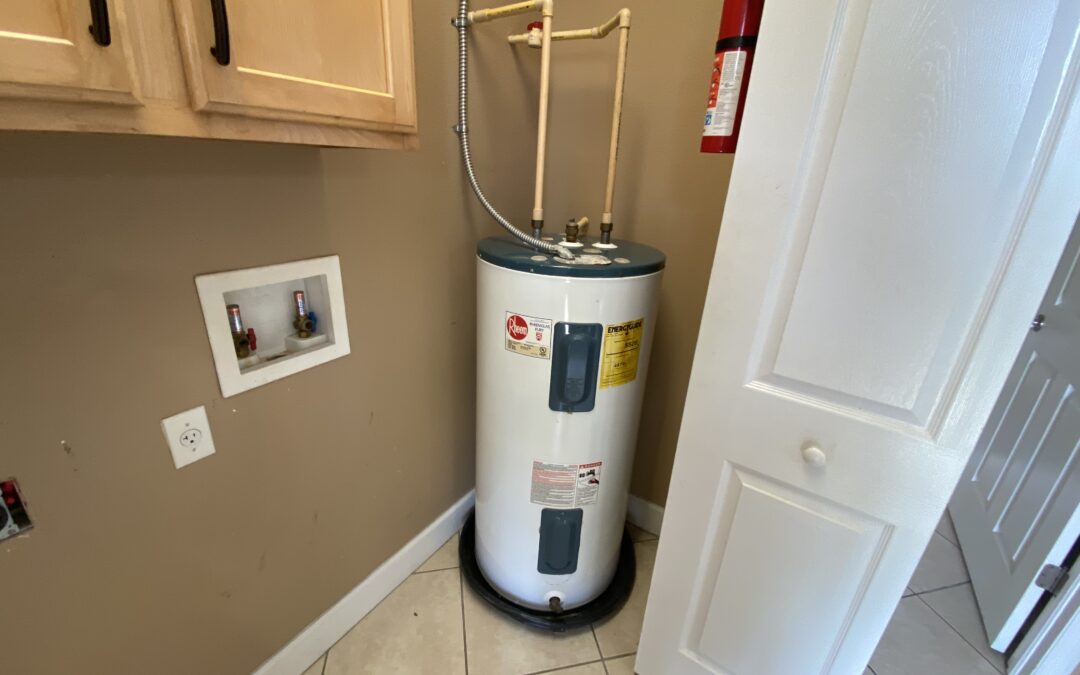Draining a water heater is an important part of regular maintenance that can help extend the lifespan of your appliance and ensure it is functioning properly. Over time, sediment can build up in the tank, which can lead to reduced efficiency and potentially damage the heating element. In this article, we will explain how to drain a water heater safely and effectively.
Step 1: Turn off the power supply
Before you begin draining the water heater, it’s important to turn off the power supply. For an electric water heater, this can be done by turning off the circuit breaker. For a gas water heater, you should turn off the gas supply valve.
Step 2: Allow the water to cool down
Once the power supply has been turned off, you should allow the water to cool down before draining. This can take several hours, so it’s best to plan ahead and do this when you don’t need hot water for a while.
Step 3: Locate the drain valve
The drain valve is typically located near the bottom of the water heater tank. It may be a plastic or metal valve with a hose attachment.
Step 4: Attach a hose
To drain the water heater, you will need to attach a garden hose to the drain valve. Make sure the hose is long enough to reach a drain or outside area where the water can be safely discharged.
Step 5: Open the drain valve
With the hose attached, slowly open the drain valve to allow the water to flow out. You may need to use a wrench to loosen the valve if it is difficult to turn. Be careful when opening the valve, as the water may be hot and under pressure.
Step 6: Drain the tank completely
Allow the water to drain completely from the tank. You can speed up the process by opening the pressure relief valve at the top of the tank. Once the tank is empty, close the drain valve and remove the hose.
Step 7: Flush the tank
To remove any remaining sediment or debris from the tank, you can flush it with fresh water. Turn on the water supply to the tank and allow it to flow through the tank for several minutes. You can repeat this process until the water runs clear.
Step 8: Refill the tank
Once the tank has been flushed, close the pressure relief valve and turn on the water supply to the tank. Allow the tank to fill completely before turning on the power supply. For an electric water heater, turn on the circuit breaker. For a gas water heater, relight the pilot light and turn on the gas supply valve.
In conclusion, draining a water heater is an important part of maintaining your appliance and ensuring it functions properly. By following these simple steps, you can safely and effectively drain your water heater and remove any sediment or debris that may have accumulated in the tank. Regular maintenance of your water heater can help extend its lifespan and keep it running efficiently for years to come.

